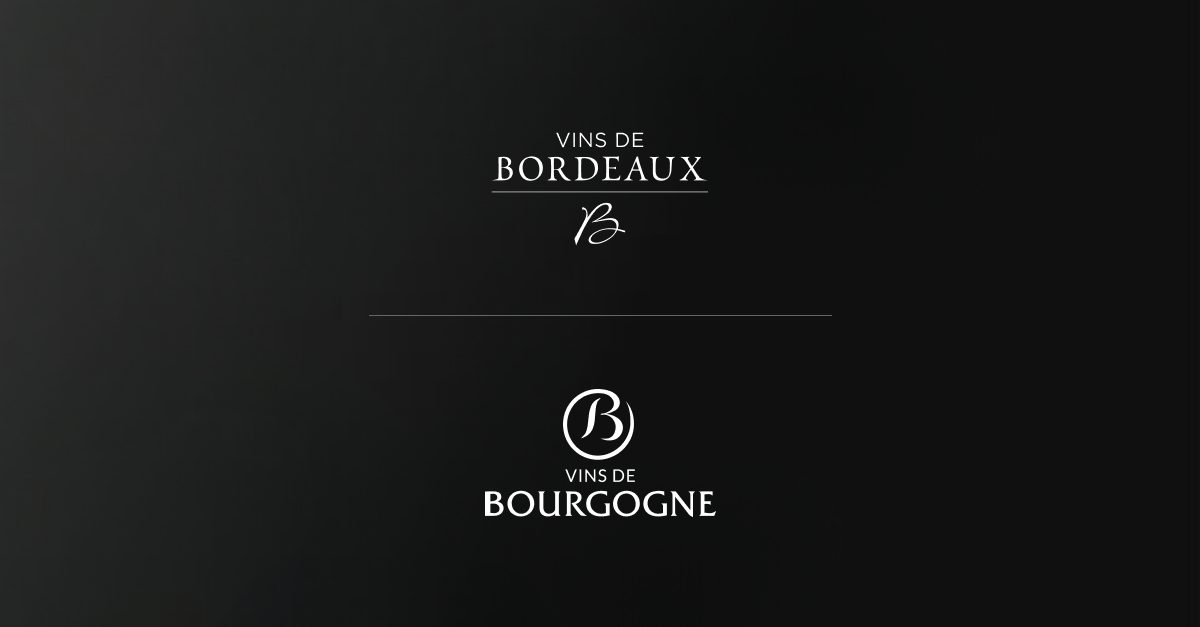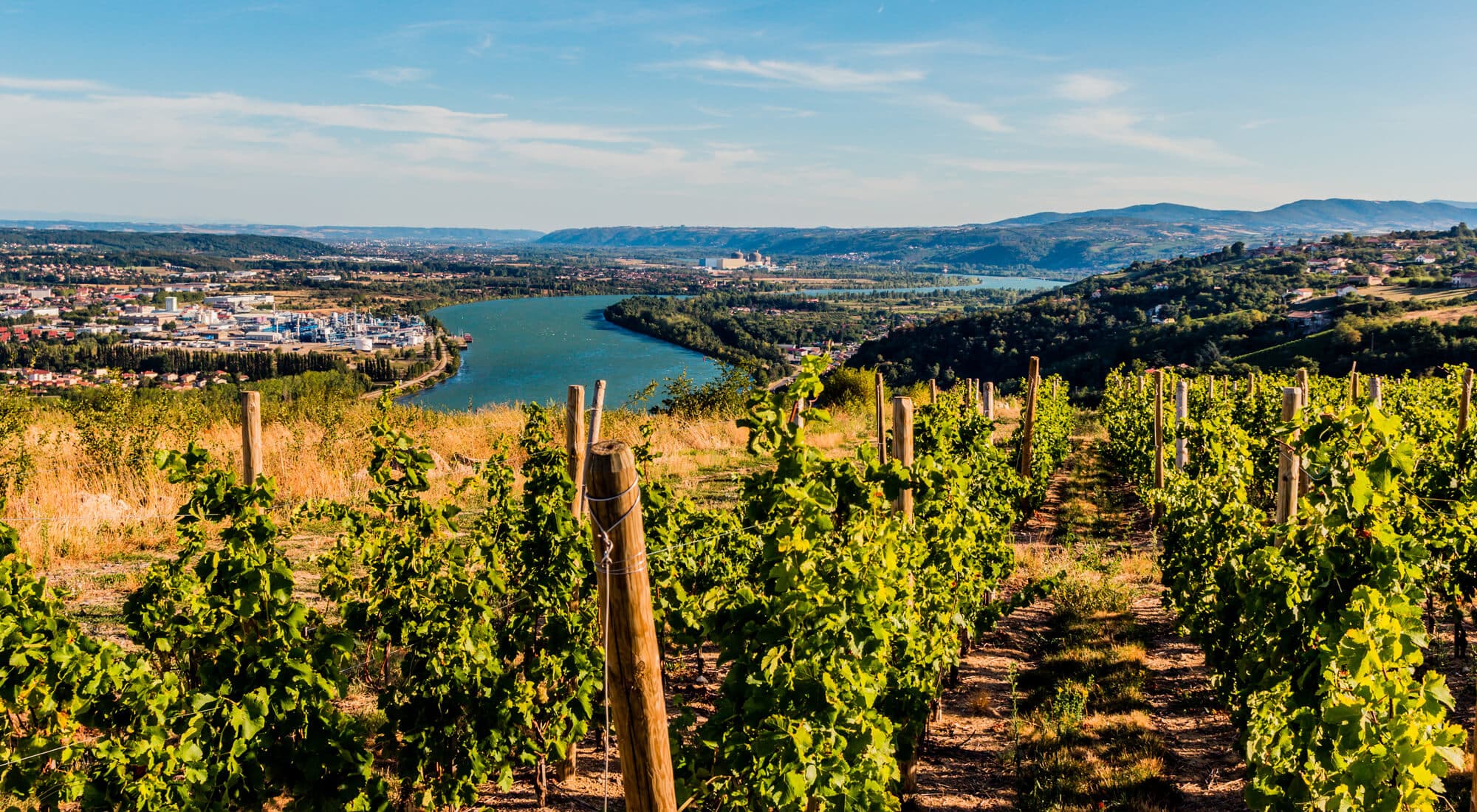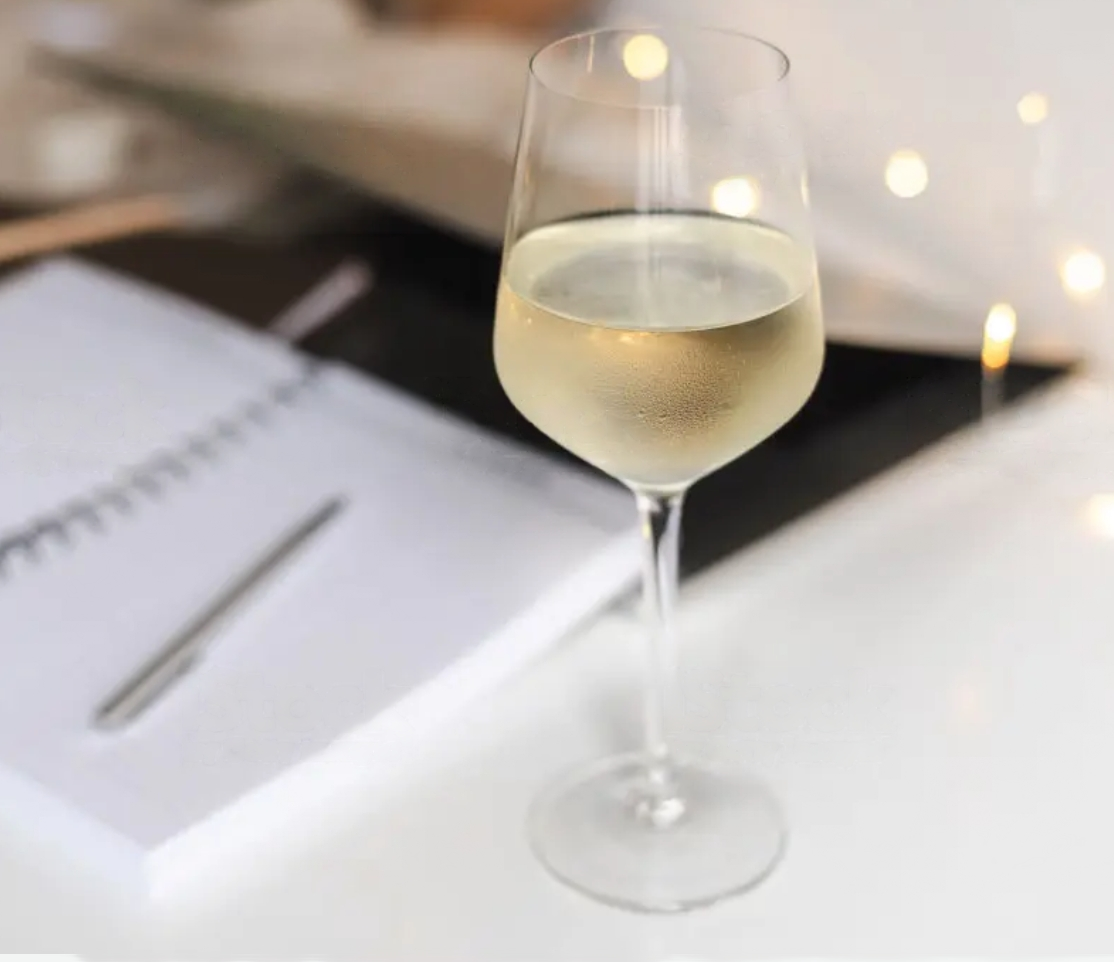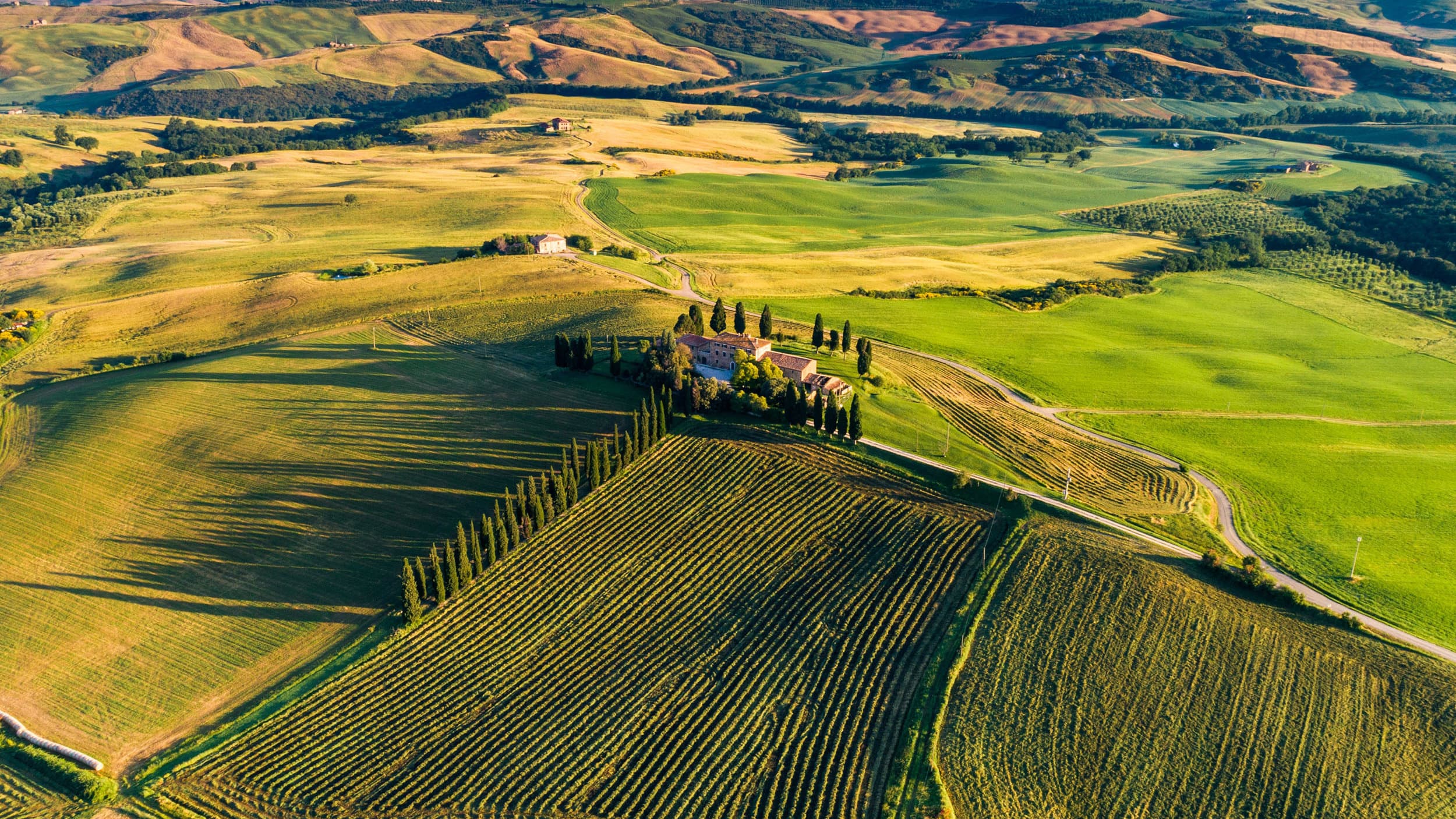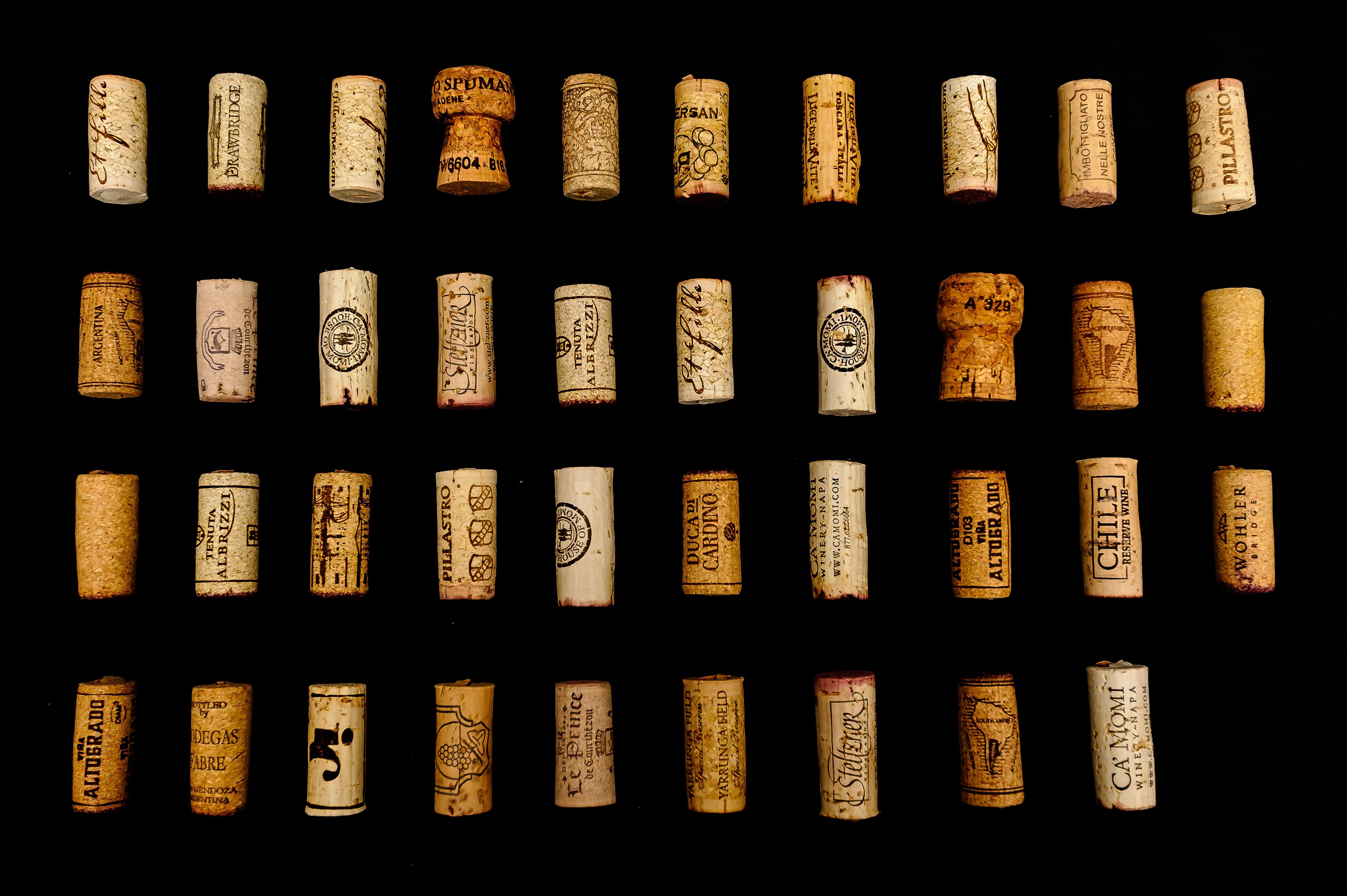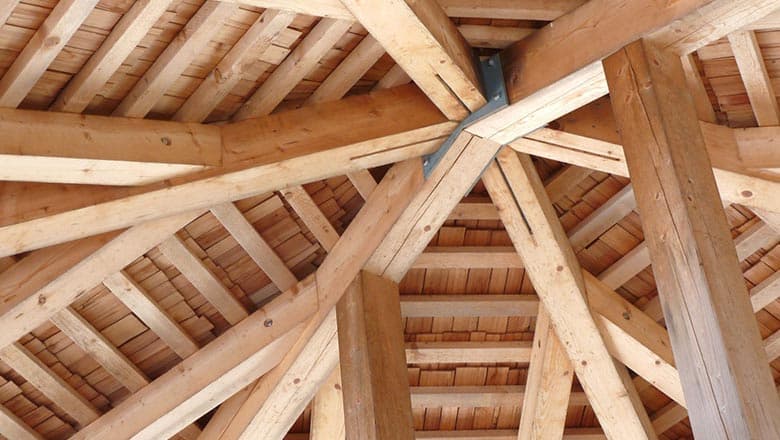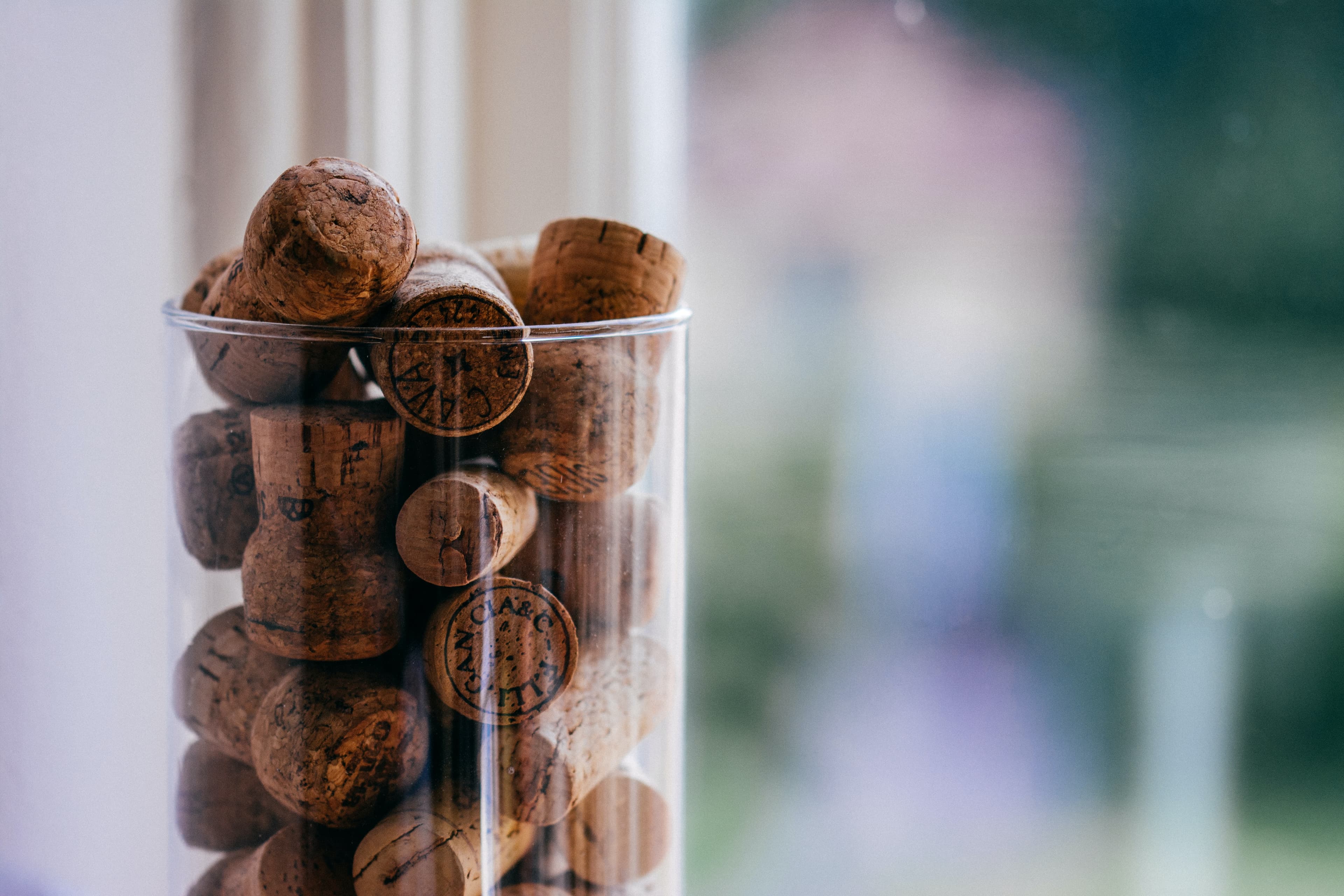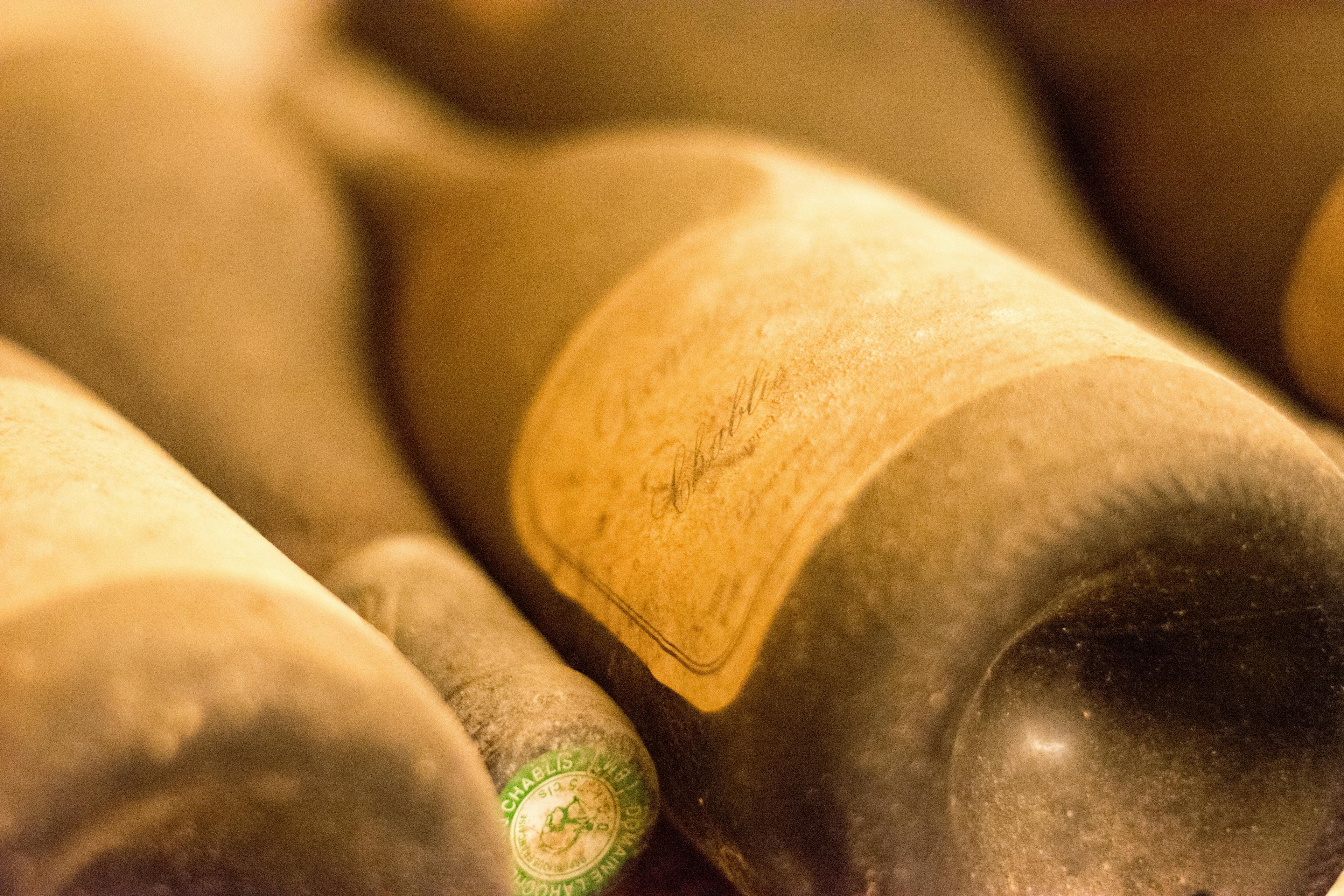
The world of fine wines is replete with stories of passion, tradition, and meticulous craftsmanship, but few names resonate as profoundly as Gaja. This prestigious label has become synonymous with quality and innovation in the wine industry, standing out for its dedication to the art of winemaking. From its humble beginnings in the rolling hills of Italy to becoming a beacon of excellence globally, Gaja's journey is a testament to the enduring power of dedication and skill. In this article, we delve into the elements that make Gaja a paragon of wine excellence, exploring the intricate processes and the passionate individuals behind each bottle.
The Winemaking Process at Gaja
The winemaking process at Gaja is renowned for its meticulous attention to detail and adherence to traditional techniques, which are blended seamlessly with modern innovations. This prestigious winery, located in the heart of Italy's Piedmont region, emphasizes the importance of terroir, ensuring that each bottle reflects the unique characteristics of its vineyard.
Selection of Grapes: Only the finest grapes are handpicked from the vineyards. This selection process is crucial for maintaining the quality and flavor profile of their wines.
Fermentation: Gaja utilizes both open-top wooden vats and stainless steel for fermentation, depending on the type of wine being produced. Temperature control is key to preserving the delicate aromas and flavors.
Aging: The wines are aged in barrels made from fine French oak. The aging period varies but is carefully monitored to achieve the desired balance and complexity.
Bottling: After aging, the wine is bottled with minimal intervention to maintain its purity and integrity.
For those looking to store their Gaja wine, proper techniques are essential to preserve its quality and enhance its aging potential.
Handpicked Harvesting: Ensuring Quality from the Vineyard
Handpicked harvesting is a meticulous process that underscores the commitment to quality at Gaja. This traditional method involves selecting only the best grapes, ensuring that each cluster meets the stringent standards set by the winery. By choosing to handpick their grapes, Gaja maintains a direct control over the harvest, significantly reducing the risk of bruising and damage that mechanical pickers might cause.
Selective Picking: Workers can assess the ripeness and health of each grape cluster, picking only those that are ready. This selective process contributes to the uniformity and high quality of the wine.
Gentle Handling: Handpicking ensures that the grapes are treated gently, preserving their delicate skins and preventing premature fermentation that could alter the flavor profile.
Timing Flexibility: Unlike machines, human pickers can quickly adapt to changes in weather, picking at the optimal time of day to maintain the grapes' integrity.
This careful attention to detail during the harvest is a testament to the history of Gaja, where quality has always been paramount. Each step, from vineyard to bottle, is thoughtfully curated to produce wines of exceptional caliber.
The Role of the Winemaker in Crafting Gaja
The winemaker's role at Gaja is pivotal in defining the unique taste of their wines. This individual combines artistry with science to cultivate flavors that are both complex and memorable. From selecting the right grape varieties to deciding the precise moment for harvesting, each decision impacts the final product profoundly.
Grape Selection: Choosing the appropriate grape types is crucial. The winemaker evaluates the soil, climate, and vine health to ensure optimal growth conditions.
Harvest Timing: Determining when to harvest is an art form. It requires monitoring the grapes' development and predicting weather patterns to pick at peak ripeness.
Fermentation Control: Managing the fermentation process is essential for flavor development. Temperature and yeast strains are adjusted to influence the wine's characteristics.
Aging Techniques: The aging process also plays a significant role. Whether in oak barrels or stainless steel tanks, the method selected can add distinct notes to the wine.
Through these meticulous processes, the winemaker at Gaja crafts wines that are not only reflective of their terroir but also stand out in the global wine community for their excellence and consistency.
Ageing Techniques Used by Gaja
Gaja, a renowned name in the wine industry, employs various ageing techniques that significantly enhance the flavor and complexity of their wines. One of the primary methods used is barrel ageing, which involves storing wine in oak barrels for several months or years. This process allows the wine to slowly absorb subtle flavors from the wood, which contributes to a richer, more robust profile.
Another technique is bottle ageing, where wine is allowed to mature in bottles before it is released to the market. This method helps in developing the wine's bouquet and softens tannins, resulting in a smoother taste. Gaja meticulously monitors the environment in which the bottles are stored to ensure optimal conditions, such as controlled temperature and humidity.
To fully appreciate the depth and nuances of Gaja's wines, it is essential to serve them properly. Decanting the wine before serving can also play a crucial role in enhancing its flavors and aromas, making the drinking experience more enjoyable and memorable. Each bottle of Gaja promises a unique journey through its carefully crafted ageing process.
The Selection of Oak Barrels for Maturation
The process of selecting oak barrels for the maturation of Gaja wines is a meticulous one, reflecting the brand's commitment to quality. Oak barrels play a crucial role in shaping the character and complexity of wine, influencing everything from texture to flavor. Gaja, renowned for its attention to detail, chooses only the finest barrels to ensure the optimal development of its popular vintages.
Wood Origin: The oak used for Gaja's barrels is primarily sourced from forests in France and America. Each type of wood imparts distinct aromatic compounds and tannins, affecting the wine's final bouquet and structure.
Grain Tightness: Barrels made from tight-grain oak are preferred as they provide a slower, more controlled release of oak flavors, allowing the wine to develop gracefully over time.
Toasting Level: The interior of the barrels is toasted to varying degrees, which can range from light to heavy. This toasting helps to unlock different flavors and aromas, from subtle vanilla notes to rich, smoky undertones.
Age of the Wood: Newer barrels impart more intense flavors, while older ones offer a gentler influence, enabling the wine's inherent qualities to shine through. Gaja carefully balances the use of new and aged barrels to achieve the desired profile for each vintage.
Quality Control Measures at Gaja
At Gaja, meticulous quality control measures ensure that every bottle of wine meets the highest standards of excellence. This commitment to quality begins in the vineyard, where only the finest grapes are selected. Each vine is carefully monitored, and harvesting is timed to perfection, ensuring optimal ripeness and flavor profiles.
In the winery, state-of-the-art technology complements traditional winemaking methods. Fermentation temperatures are precisely controlled to preserve the unique characteristics of each varietal. Aging processes are tailored to enhance the wines' complexity and depth. Barrels are chosen based on the type of wood and the level of toast, which significantly influences the final product.
Regular testing and tasting sessions are conducted throughout the winemaking process. These rigorous assessments guarantee that only wine meeting the strictest criteria continues on to bottling. The final products are stored in optimal conditions before they reach the market, ensuring they age gracefully.
For enthusiasts looking to explore how well these meticulously crafted wines complement various dishes, discovering the food pairings can elevate the tasting experience to new heights.
The Art of Blending Different Vintages of Gaja
Blending different vintages of Gaja is a meticulous process that highlights the winery's commitment to quality and complexity. This technique, known as "assemblage," involves combining wines from various years to create a more balanced and intricate final product. The artistry behind this process is evident in the seamless integration of flavors and aromas, which results in a unique expression of the vineyard's character.
Selection of Vintages: The winemaker carefully selects which vintages will be blended. This decision is based on the distinct characteristics of each year, such as fruit intensity, tannin structure, and acidity levels.
Tasting and Trials: Numerous tasting sessions are conducted to determine the optimal combination of vintages. These trials help in assessing how different blends complement each other.
Aging Potential: Blended vintages often exhibit enhanced aging potential. The interaction between older and younger wines can lead to increased complexity and longevity.
Consistency: This blending practice helps maintain a consistent style and quality across years, even when individual vintages may vary due to climatic conditions.
For wine enthusiasts interested in enjoying Gaja, understanding the blending process adds an appreciation for the craftsmanship involved in each bottle.
Innovation in Viticulture at Gaja
Innovation in viticulture at Gaja has been pivotal in maintaining its status as a leader in the wine industry. This prestigious winery integrates traditional methods with modern technology to cultivate premium grapes. By focusing on sustainable practices, Gaja ensures that each vineyard thrives while minimizing environmental impact.
Precision Farming: Gaja employs advanced sensors and data analytics to monitor soil health and vine growth. This targeted approach allows for precise irrigation and nutrient application, enhancing grape quality.
Clonal Research: To adapt to changing climatic conditions, Gaja invests in clonal research. Selecting and propagating the best clones ensures resilience and consistency in their wine production.
Biodynamic Techniques: Embracing biodynamic principles, Gaja treats the vineyards as a living ecosystem. This holistic practice promotes biodiversity and natural resource cycles, which contribute to the vineyard's health.
Innovative Training Systems: Experimenting with different vine training systems, Gaja optimizes sunlight exposure and air circulation, crucial for preventing diseases and ensuring even ripening.
Each of these strategies not only underscores Gaja's commitment to quality but also highlights the facts that make their approach unique in the wine-making world.
The Importance of Soil Management in Gaja's Vineyards
In the world of fine wine, the role of soil management cannot be overstated, particularly in the vineyards of Gaja. This prestigious winery, nestled in the heart of Piedmont, Italy, attributes much of its success to meticulous soil practices. Understanding the characteristics of the land is crucial, as each element in the soil contributes uniquely to the growth and quality of the grapevines.
Nutrient Management: Gaja's approach involves careful control of the nutrients added to the soil. By optimizing the balance of organic and inorganic substances, the vineyard ensures that vines receive just the right nourishment to produce complex, flavorful grapes.
Soil Structure and Aeration: Regular tilling and careful management of soil density prevent compaction, allowing roots to penetrate deeply and access water and minerals efficiently. This practice also enhances aeration, which is vital for microbial activity and overall soil health.
Water Management: Efficient irrigation systems are in place to maintain optimal moisture levels. Gaja's vineyards utilize both natural rainfall and controlled irrigation to avoid water stress, which can significantly affect vine health and grape quality.
Pest and Disease Control: Integrated pest management strategies are employed to minimize the use of chemicals, focusing instead on natural predators and barriers to protect the vines.
Through these practices, Gaja not only preserves the integrity of its terroir but also ensures that each vintage reflects the unique essence of its locale.
Crafting Limited Edition Releases at Gaja
Gaja, a renowned name in the wine industry, is celebrated for its limited edition releases, which showcase exceptional craftsmanship and attention to detail. Each bottle from these special collections is a testament to the winery's commitment to quality and innovation.
Selection of Grapes: The process begins in the vineyard, where only the finest grapes are handpicked. This ensures that the base of the wine is of the highest caliber, crucial for a standout limited edition.
Barrel Selection: Gaja utilizes a meticulous barrel selection method. Each barrel is chosen based on its ability to enhance the unique characteristics of the grapes, influencing the final flavor profile.
Aging Process: The aging process is carefully monitored. Wines are stored under optimal conditions to ensure they develop complexity and depth. This period varies but is always aligned with achieving the perfect balance of flavors.
Bottling and Packaging: When the wine has matured to its full potential, bottling is done with precision. The packaging also receives special attention, reflecting the exclusivity and luxury of the limited edition release.
Through these steps, Gaja continues to deliver extraordinary wines that are both a celebration of their heritage and a triumph of their innovative spirit.
Conclusion
In conclusion, the craftsmanship behind Gaja wines is a testament to the dedication and passion that drives the world of fine wine. From the meticulous care in vineyard management to the innovative techniques employed in the cellar, every bottle of Gaja wine is a masterpiece of flavor and heritage. This commitment to quality ensures that each vintage not only reflects the unique characteristics of its terroir but also continues the legacy of excellence that Gaja has upheld for generations.
For connoisseurs and collectors looking to invest in Gaja wines, Rekolt offers an unparalleled service that complements the prestige of these vintages. By choosing our professional cellar storage option, you ensure that your investment is preserved under optimal conditions, enhancing its potential for future appreciation in both taste and value. Furthermore, our platform facilitates easy trading and reselling, providing a seamless experience for those looking to diversify their wine portfolios with these exquisite bottles. Whether you are a seasoned collector or new to the world of fine wines, Rekolt and Gaja together offer an exceptional opportunity to indulge in and capitalize on the finest wines the world has to offer.
Share this article
